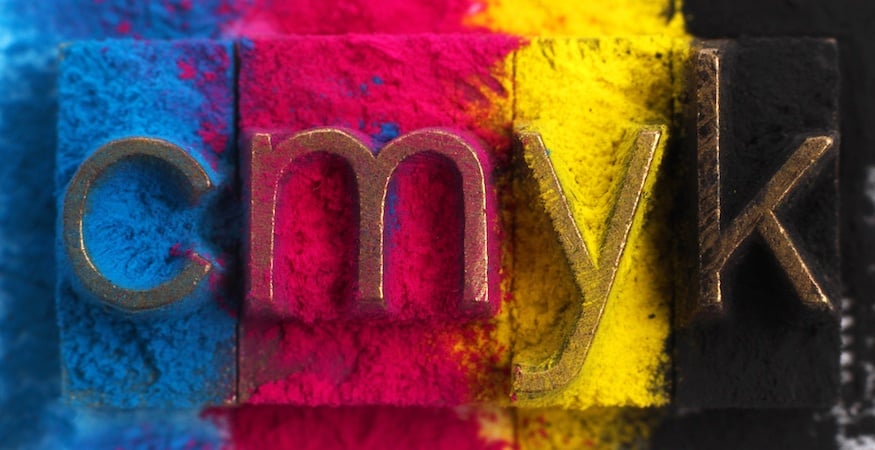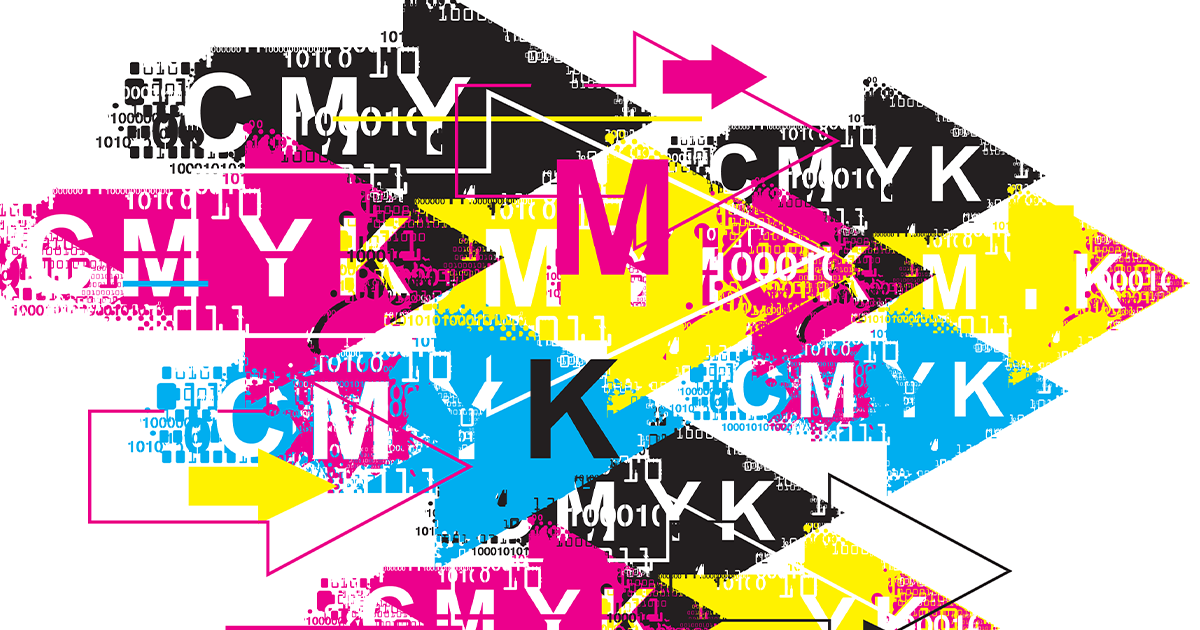Did you know that yellow is the happiest color? Or that purple is the color of wealth, mystery and wisdom? Or that blue conveys reliability and strength?
In the end, there’s little hard science to prove how color influences people, but that doesn’t stop corporations from spending big dollars to ensure their brands and signature colors convey the messages they intended.
A problem is that there hasn’t always been consensus on how to achieve color consistency in the production print industry, and getting those colors “just right” on brochures, print ads or other graphic communications isn’t easy. That’s because production printing comes with inherent variables, from substrate, inks and toner, to different processes. On top of that, each individual’s perspective can vary based on their ability to see color or something as simple as poor lighting conditions.
Consistent, predictable and accurate color management workflows based on objective, measurable standards are critical to the success of production printers. Yet less than half of print providers have implemented quality-control standards such as G7® color management in their supply chain.
Read on to learn more about G7 and how implementing these standards can increase the accuracy of color printing and customer satisfaction.
What is G7 Color Management?
G7 printing is among the most widely used standards in the color management field. It is a calibration technique that was introduced by Idealliance, an association of printers, publishers and technology providers. According to Idealliance, the G7 methodology “outlines an easy-to-follow recipe for implementing ISO printing standards and additional metrics. The result is a simple but powerful way to match from proof to press.”
Rather than using a subjective method like visual inspection, G7 uses a numerical method to help printers validate color controls. G7-certified printers can balance cyan, magenta, yellow and black so that they have a shared neutral appearance regardless of the color imaging process or device you use.

Source: Canon
Originally, G7 was developed for halftone laminate proofing systems, but it was so successful that it’s now used in other color printing processes, including offset lithography and digital electrophotographic printing.
Many print service providers and in-plant print centers struggle to support a wide range of print services, especially for marketing materials. Implementing G7 specifications creates more consistent printing conditions across multiple print devices, technologies and materials, reducing rejected work and reprinted jobs.
Is G7 the same as GRACoL?
There are other competing standards out there. For example, General Requirements for Applications in Commercial Offset Lithography (GRACoL) and G7 are sometimes mistaken for one another. Though they are related, there are differences; a printing system can be in G7 grayscale conformance without meeting the GRACoL specification.
Achieving G7 certification can help any organization achieve high-quality results. Our partners at Canon have G7 calibration features embedded in their PRISMAsync color print server, allowing any print provider to achieve G7 compliance. Canon also supports external G7 workflow implementation, helping print service providers adapt quickly to changes in technologies, processes or standards.
Canon imagePRESS printers and Colorado wide-format printers are G7 certified, making it easy to achieve consistent results, ensuring accurate brand colors and lifelike images. Gordon Flesch Company is the largest independent Canon dealer in the nation, and we’d love to show you how our print experts can ease the worries surrounding color control in even the most demanding print environments. Reach out to us today for a no-cost, no-obligation assessment of your print production needs.











